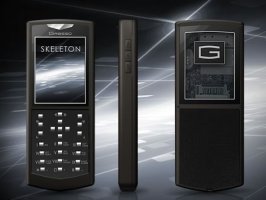Do you know what kind of storage you need? Are you ready to find out?
Not all storage solutions are created equal-- just ask anybody who has made the mistake of storing art, books, or photographs in a humid attic without plastic bins. While choosing the wrong kind of storage drive won’t result in soggy pictures, it can still spell bad news for you. Whether you’re a business owner making decisions about disk vs. flash storage solutions for your company or just a person trying to make informed decisions about their consumer electronics purchases, choosing the right kind of storage makes a huge difference.
In this article, we’ll walk you through everything you need to know about disk drives and flash storage, including:
- Background information on disk storage
- Background information on flash storage
- A comparison of disk storage and flash storage

Disk storage uses magnetism to read and write information.
What is disk storage, anyway?
A traditional disk-based storage drive is a piece of hardware that uses magnetism to store vast amounts of information in a relatively small space. The first hard drive was developed by IBM’s Reynold B. Johnson more than 50 years ago, and the invention revolutionized (pun intended) computing.

Flash storage is a newer storage solution known for its ability to write data quickly and perform I/O operations in a “flash”.
So what about flash storage?
Flash storage is a considerably newer technology than disk storage. Developed in the 1980s by Toshiba, flash storage uses memory cells store data. Flash storage is electronically programmable and high-speed, which is how it got its name.

To decide whether a disk-based storage or flash storage solution is right for you, it’s important to consider how each type of storage works.
Disk Storage vs. Flash Storage
At this point, you may suspect that flash storage is the preferred data storage solution because it’s newer. Yes, flash storage is generally a better option than disk storage for most applications. But why?
As we already discussed, disk storage relies on magnets and moving parts to record data. All of that movement means that disk storage devices generate more heat, require more power, and experience more wear and tear than the static components of flash storage.
By comparison, flash storage has emerged as a remarkably consistent and efficient data storage solution for business and individuals alike.
These factors are of particular concern to businesses that need to read and write data on a much larger scale than an individual.

The differences in performance between flash storage and disk storage make it easy to choose a winner.
Understanding the differences between different types of software is essential to making informed business and consumer technology decisions. Do you have any lingering questions about flash storage? Let us know in the comments below!





